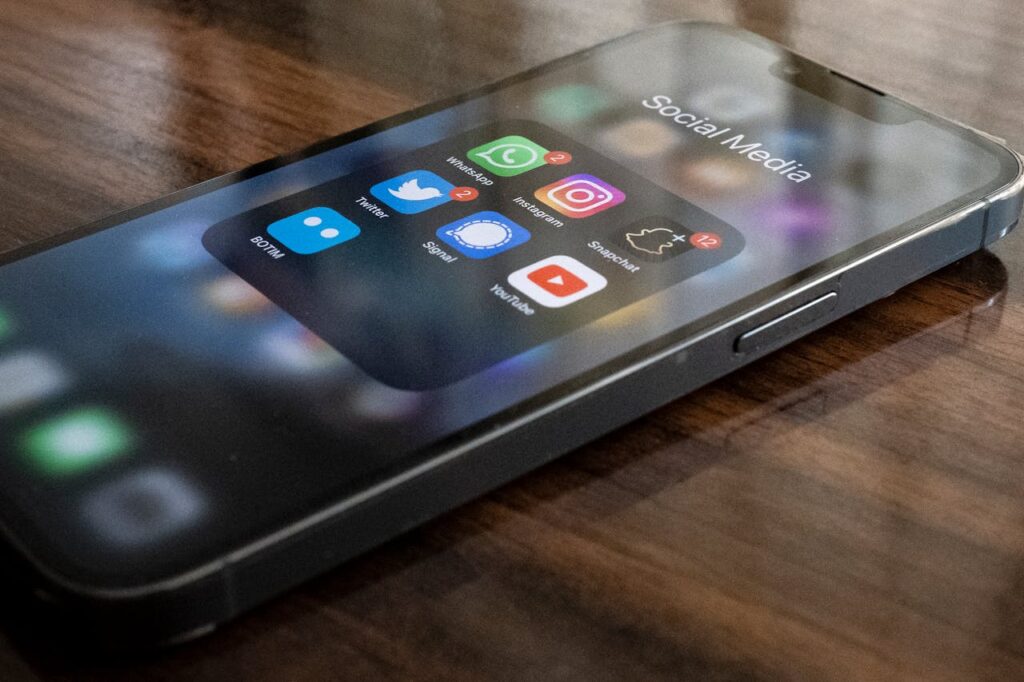Omnichannel marketing is all about creating a seamless customer experience across every platform. Whether it’s online or offline, customers want consistent and engaging interactions. In the UAE, where technology adoption is high, this approach is more important than ever. Consumers in the region expect personalized experiences that match their preferences. Businesses that deliver this can build stronger relationships and boost their growth. By adopting omnichannel strategies, UAE companies can stay ahead of the curve and meet the evolving expectations of their audience.
Understanding the UAE Consumer Market
The UAE has a highly connected and tech-savvy population. With one of the highest smartphone penetration rates in the world, most consumers rely on mobile devices for shopping, entertainment, and communication. Social media platforms like Instagram, TikTok, and Snapchat are deeply integrated into daily life, influencing purchasing decisions and brand preferences. UAE consumers also value convenience and personalization. They expect brands to understand their needs and offer tailored experiences. Whether browsing online or visiting a physical store, shoppers want a smooth transition between channels. E-commerce growth in the UAE reflects this demand. More people are shopping online, but they still appreciate in-store experiences. Businesses that blend digital and physical interactions can better meet these expectations.

Key Components of a Strong Omnichannel Strategy
A strong omnichannel strategy starts with consistent brand messaging across all channels. Whether customers interact on social media, your website, or in-store, the tone and visuals should feel connected to build trust. Blending online and offline experiences is also important. Offering services like in-store pickup for online orders or personalized discounts based on browsing habits makes shopping more convenient. Using customer data helps you understand preferences and deliver targeted content and product recommendations. Tools like CRM systems and Enterprise Resource Planning (ERP) systems make it easier to manage this data and align operations across departments, ensuring smooth and consistent customer interactions. Providing responsive customer support through live chat, social media, or email also keeps customers engaged.
The Role of SEO in Omnichannel Success
Search engine optimization (SEO) plays a crucial role in any omnichannel marketing strategy. As more consumers turn to search engines to find products or services, optimizing your website and content ensures your business appears at the right moment in their search journey. Staying informed about SEO trends in Dubai is essential for local businesses. By understanding the latest SEO techniques, companies can better align their digital presence with customer search behaviors. This, in turn, drives more organic traffic, increases visibility, and enhances overall customer engagement. Incorporating SEO into your omnichannel strategy ensures your brand is easy to find across various online platforms, helping you stay ahead of competitors and improve marketing success in the UAE.
How UAE Companies Can Stay Ahead of the Curve: Top Digital Channels to Prioritize
UAE companies must focus on the digital channels their customers use most to stay competitive. Social media platforms like Instagram, TikTok, and Snapchat are incredibly popular and offer excellent opportunities for engaging content and targeted ads. In fact, social influence—particularly through social media—has been shown to strongly impact purchasing intention in the UAE, as highlighted in a recent study on smartphone purchasing behavior. Mobile apps and responsive websites are also essential since many UAE consumers prefer shopping and browsing on their smartphones. Email marketing and SMS campaigns remain effective for delivering personalized offers and updates directly to customers. In addition, leveraging digital customer service channels such as chatbots and live chat can provide instant support and build stronger relationships.

Leveraging Technology for Seamless Integration
Leveraging technology is key to creating a seamless omnichannel experience. Customer Relationship Management (CRM) systems help businesses collect and organize customer data, making it easier to track interactions and preferences. This data allows for more personalized marketing and targeted offers. Marketing automation tools streamline communication across channels, ensuring customers receive the right message at the right time. Cloud-based solutions make storing and accessing data across departments easier, allowing teams to collaborate in real time and deliver a unified customer experience. Artificial Intelligence (AI) and chatbots also greatly enhance customer service by quickly handling inquiries and providing instant support on websites, social media, or mobile apps. Real-time data tracking allows companies to adjust campaigns as they go, ensuring better results and more satisfied customers.
Common Challenges and How to Overcome Them
One common challenge is maintaining consistent messaging across multiple channels. Having a clear brand voice and ensuring your marketing materials align, whether online or offline, is important. A centralized system like a CRM can help streamline communication and keep messaging consistent. Another challenge is balancing online and offline customer experiences. Creating a seamless transition between the two can be tough, but offering services like in-store pickup or return options for online orders can help bridge the gap. Adapting to fast-changing digital trends can also be difficult. To stay ahead, keep an eye on new technologies, test different strategies, and be ready to adjust your approach when needed.
Actionable Tips to Start Your Omnichannel Journey
Starting your omnichannel journey doesn’t have to be overwhelming. Begin by mapping out your customer journey. Identify where and how your customers interact with your brand, from social media to your website or in-store. This helps you understand where you need to focus your efforts. Invest in tools that help integrate your channels, such as CRM systems and marketing automation platforms. These tools ensure that your messaging is consistent and personalized across all channels. It’s also important to analyze data regularly. Track customer behavior and adjust your strategy based on insights to improve your approach. Finally, test and optimize. Start small with one or two channels, then expand as you gather data and refine your strategy. By focusing on these efforts, UAE companies can stay ahead of the curve and connect with their audience in meaningful ways.

Stay Ahead by Staying Connected
As you can see, to stay competitive in today’s fast-paced market, businesses must focus on creating seamless, personalized experiences for their customers. By embracing omnichannel marketing, companies can build stronger connections and stay relevant. The key is understanding your customers’ preferences, integrating your online and offline efforts, and using technology to streamline processes. UAE companies can stay ahead of the curve by adapting to these shifts and offering a smooth, consistent experience across all touchpoints. As customer expectations evolve, those who embrace these changes will continue to lead the way.




